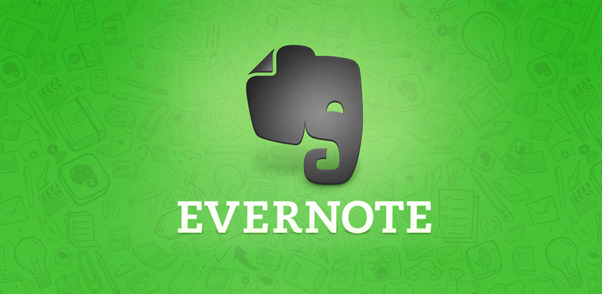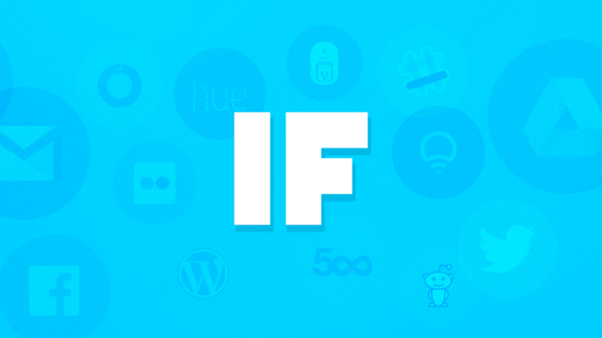Too much to do with too little time? As technology has increased, so has our workload.
Around 205 billion emails were sent per day in 2015. We bet you felt like a large percentage of those landed in your own inbox. According to a study by the McKinsey Institute, the average worker spends two-and-a-half hours a day reading, writing and responding to emails – often to people in their own office. With our increasing reliance on smartphones, we don’t even escape technology outside of the office either.
In her book ‘Pressed for Time: The Acceleration of Life in Digital Capitalism,’ author Judy Wajcman argues that in the age of the internet and the smartphone we face a paradox where we rely on technology to make our lives easier, yet it is speeding up life and making us busier.
“Time, it seems, is a premium,” she says. “Our lives are intertwined with technology and we delegate tasks to devices and use them to mediate ever more complex social networks.”
Although we are busier, technology still allows us to be more productive. Research has shown that technology-related productivity in the workplace has increased by 480 percent per hour in the last 40 years.
Some, however, argue that technology can actually decrease our productivity, in the form of distractions. A study by Microsoft in 2015 concluded that our average attention span has decreased from twelve seconds to eight seconds since 2000, thanks to our digitalised lifestyles.
Yet, using technology in the right way can help you to organise your busy schedule, both at work and in your personal life, to get stuff done. After all, if the world won’t slow down for us, we can utilise the tools we have to keep pace with it, right?
We love these productivity apps that will help you sail towards your deadlines with ease.

Evernote is a wonderful tool that allows you to keep track of your busy life wherever you go. This cloud-based note-taking app allows you to collect your thoughts and save webpages, images and documents in a clutter-free environment and collaborate with colleagues on projects in group notebooks. You can even upload and search through handwritten notes. Once you start using it, it will quickly become your go-to organisation tool.

The Pomodoro technique was developed by an Italian named Francesco Cirillo in the late 1980s. The technique involves using a timer to work in 25 minute intervals with five minute breaks in between. Every four sessions you take a longer break of 15-20 minutes. The idea is that, as human attention spans are short, the intervals break up your work load into manageable short bursts and improve mental agility. Pomodoro actually means ‘tomato’ in Italian, as Cirillo devised the technique at university using the tomato timer in his kitchen.

This handy app allows you to create ‘recipes’ that connect your many devices, online tools, apps and social media accounts together. It syncs with hundreds of apps including Skype, WordPress, Slack, Google Calendar, Mail chimp, LinkedIn, Office 365, Evernote, eBay, Tesco, Fitbit, Nike+, Weather, Spotify, YouTube, Pinterest, and so many more. You can use IF to do anything from print photos straight from your smartphone to your nan’s printer in another country, send automatic reminders to your team from Slack, tell your friends where you are on a Saturday night or let them know when you’re heading home, get sale alerts for items you want across the internet, schedule your fitness routine and even receive an email every time Barack Obama signs a bill of law. The possibilities are endless.
If you have your own suggestions for amazing productivity apps, let us know in the comments below.
